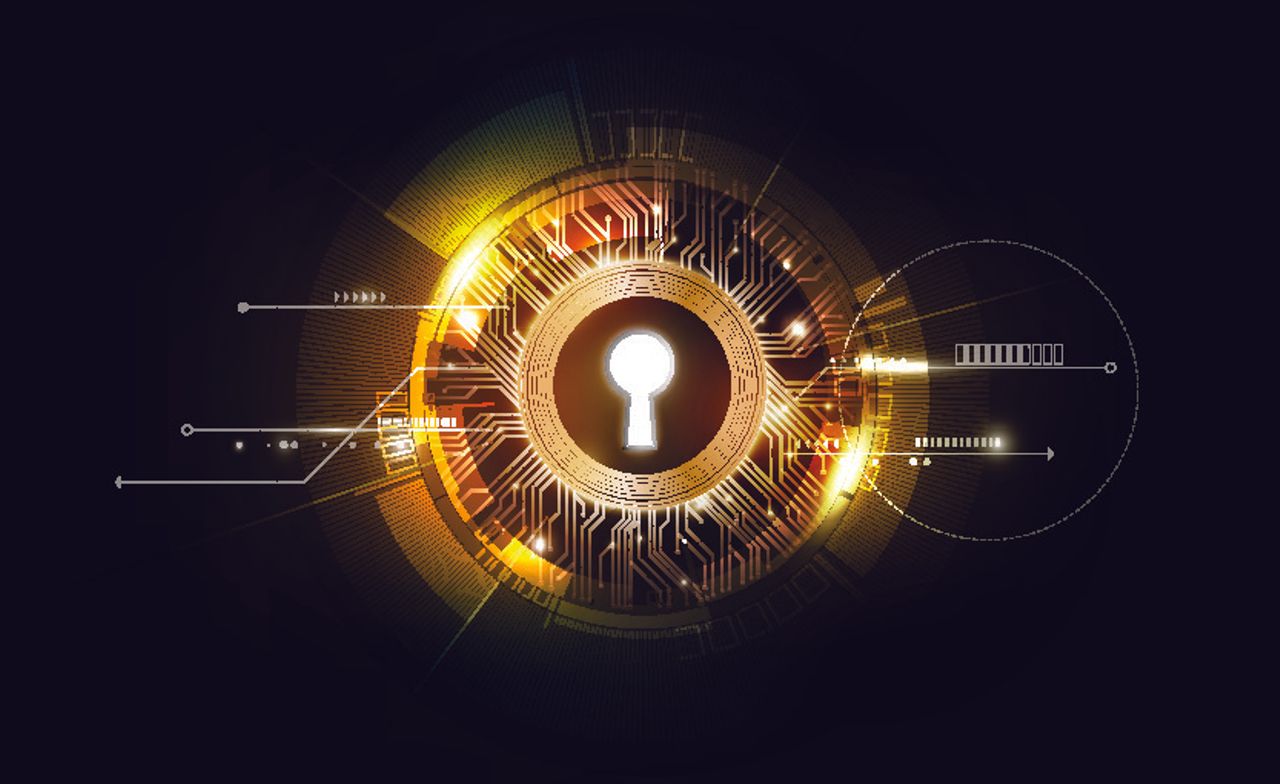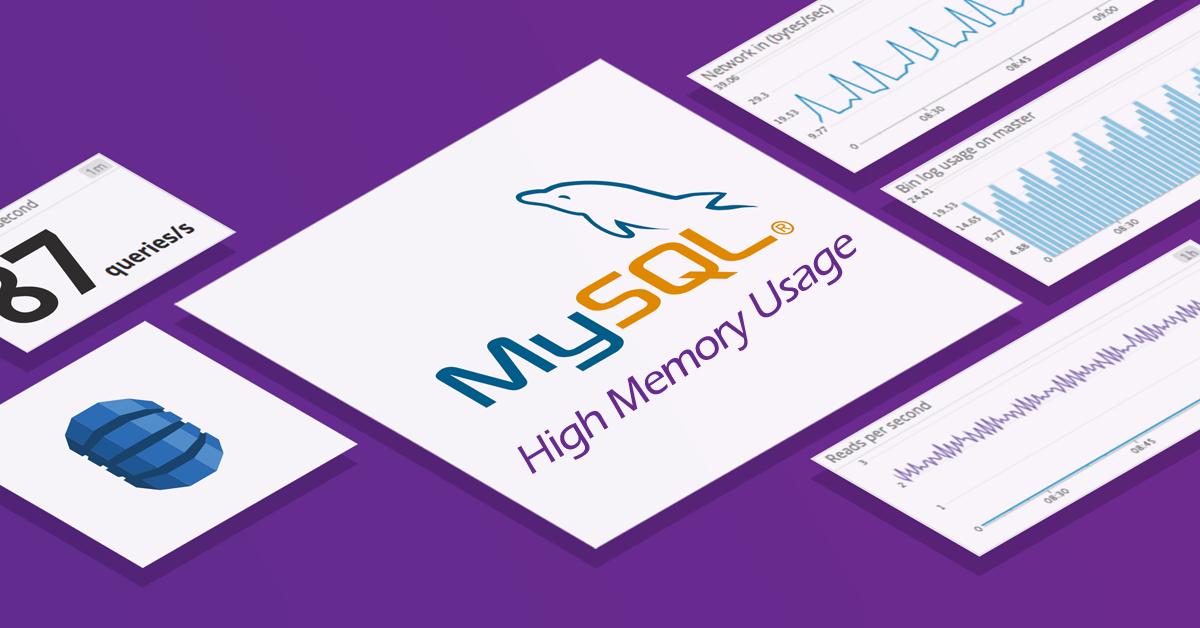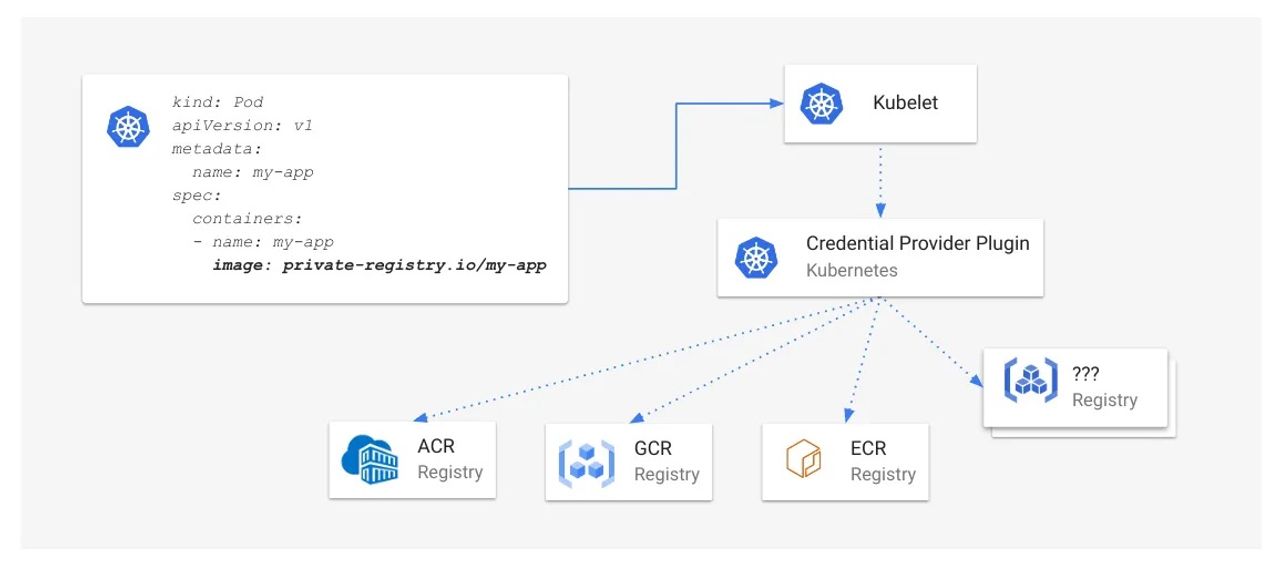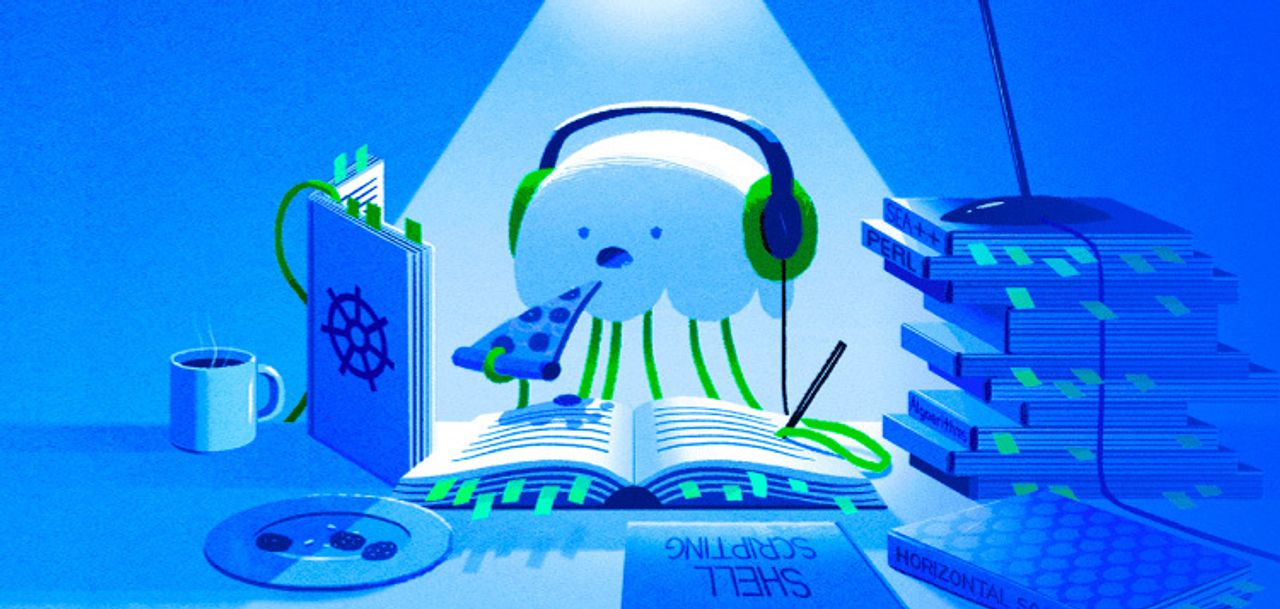SSH, or secure shell, is a secure protocol and the most common way of safely administering remote servers. Using a number of encryption technologies, SSH provides a mechanism for establishing a cryptographically secured connection between two parties, authenticating each side to the other, and passing commands and output back and forth.
[…]
This means that if two Ubuntu 14.04 machines are connecting to each other (without overriding the default ciphers through configuration options), they will always use the aes128-ctr cipher to encrypt their connection.
[…]
As part of the symmetrical encryption negotiation outlined above, a message authentication code (MAC) algorithm is selected. The algorithm is chosen by working through the client’s list of acceptable MAC choices. The first one out of this list that the server supports will be used.
Each message that is sent after the encryption is negotiated must contain a MAC so that the other party can verify the packet integrity. The MAC is calculated from the symmetrical shared secret, the packet sequence number of the message, and the actual message content.
The MAC itself is sent outside of the symmetrically encrypted area as the final part of the packet. Researchers generally recommend this method of encrypting the data first, and then calculating the MAC.
[…]






